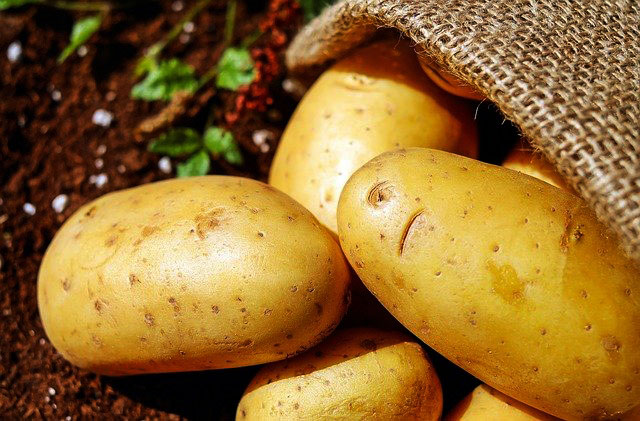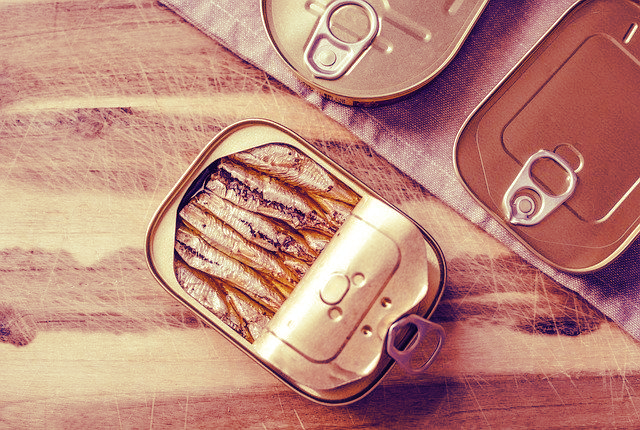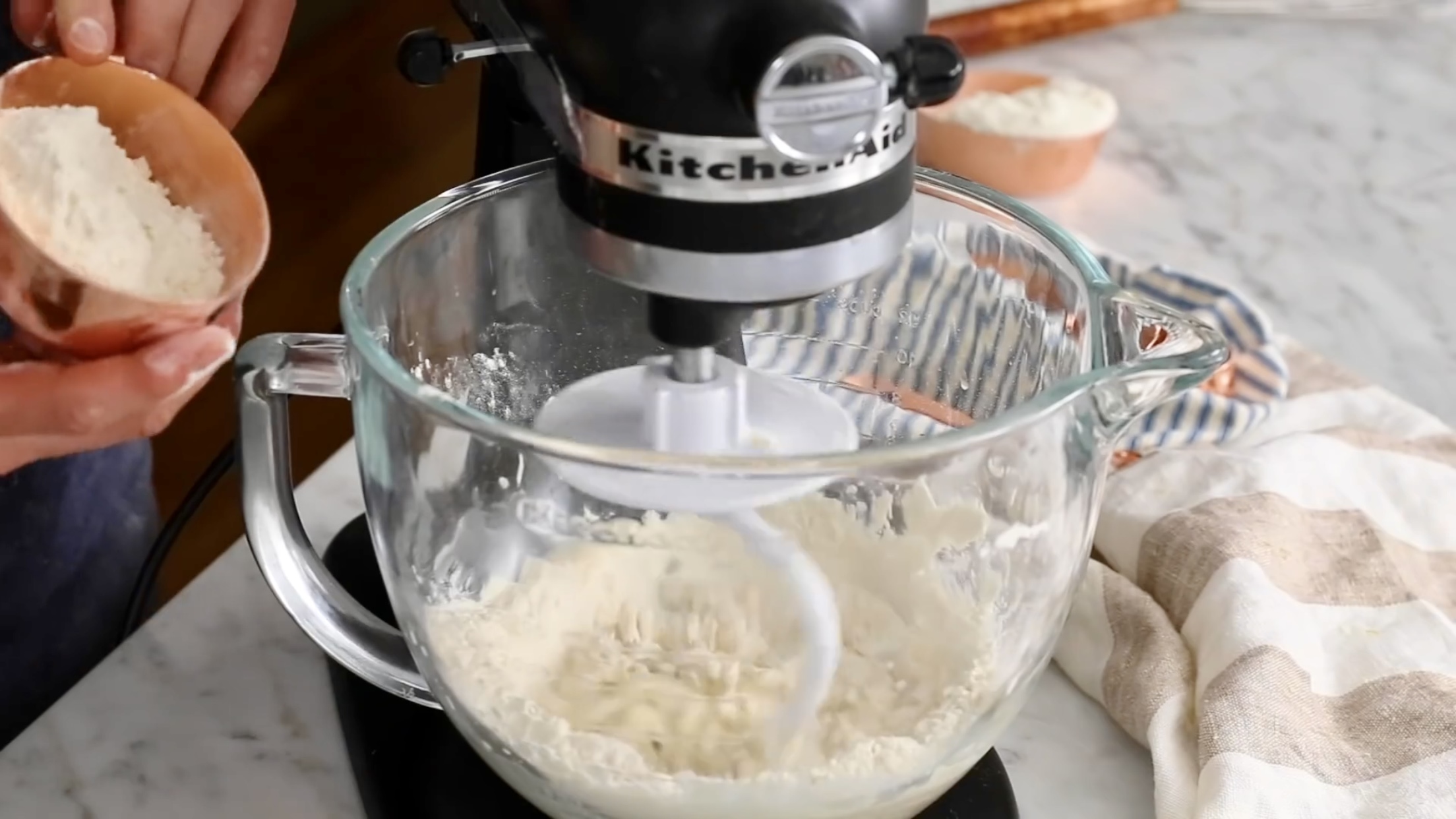First off, your cakes should be so dang delicious that keeping them on hand is not the problem - keeping them around should be the problem. Second, your Ochef question contains about 15 questions - none of which are particularly easy to answer - but we’ll try to help.
There are all kinds of chemical and mechanical processes that occur in making a cake that affect taste, structure, color and shelf-life. The sweetener you use is a good example. Sugar helps make your cake moist and tender, but it also absorbs water, and so keeps the cake from drying out after it comes out of the oven. Brown sugar holds water better than white, and will keep your cake tasting fresher longer. It can be substituted measure for measure for white sugar (if you’re also using baking soda in the recipe, increase the amount by 1/4 teaspoon for each cup of brown sugar used in place of white.) Honey is better yet, although, of course it will affect the taste of the finished cake more than a brown sugar substitution. It also causes your cake to brown more quickly, though.
Your friend’s comment is backwards: the liquid in the egg/milk/water will evaporate from a finished cake as it ages. A boost in the amount of fat (oil) will make it seem moister longer, so if you’re going to make a substitution, add oil in place of the water-based liquid.
emulsifier is any ingredient that is used to bind together other ingredients that don’t combine well naturally. Egg yolks, for instance, add richness and flavor, but also bind ingredients in baking. Some commercial emulsifiers also act as preservatives. Lecithin, for instance, is a natural emulsifier (found in eggs, soybeans, etc.) that will help your cakes from going stale. Substituting a tablespoon or two of granular lecithin for fat in your cake recipe will improve its shelf life.
The pan you use does not have much bearing on how well the cake will keep, if you bake it properly. A cake will bake faster in a dark pan, so you run the risk of overbaking it, perhaps, or at least the edges - and an overdone cake starts out tasting like a stale cake. Most bakers prefer heavy, dull aluminum, straight-sided pans, and fill the pan to between one-half and two-thirds full.
Having said all this, cake recipes tend to be pretty precise for good reason: the flour and egg that produce the cake’s structure fight with the fat and sugar that weaken the structure. Finding the right balance, then, is essential to the formation of a good cake, and the recipes that have evolved over the past 150 years have found the ideal balance for each type of cake. Sometimes, even modest changes to the proportions of ingredients decrease the quality of the cake, and then keeping it around is not such an issue after all.
Shirley Corriher’s book Cookwise is our favorite for explaining the processes that take place in baking a cake (and many other foods), and tells you specifically how you can modify ingredient amounts and still come up with an exceptional cake. The dust jacket promises "No More Failed Recipes," which is reason enough to consider buying it.
Of course, keeping your cake in a covered cake stand, or better yet, an airtight Tupperware-like cake server will help keep if fresh, especially if you keep it in the refrigerator. Pressing pieces of waxed paper against the cut edges of the cake will also help it keep from drying out.

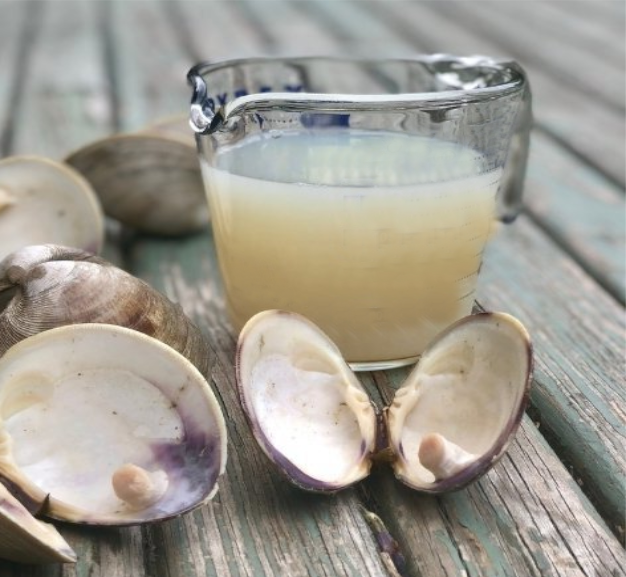


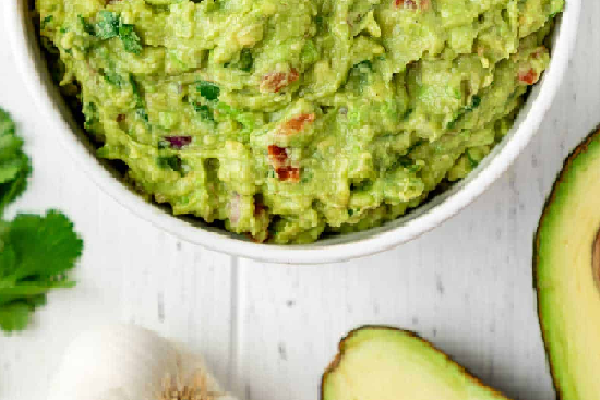



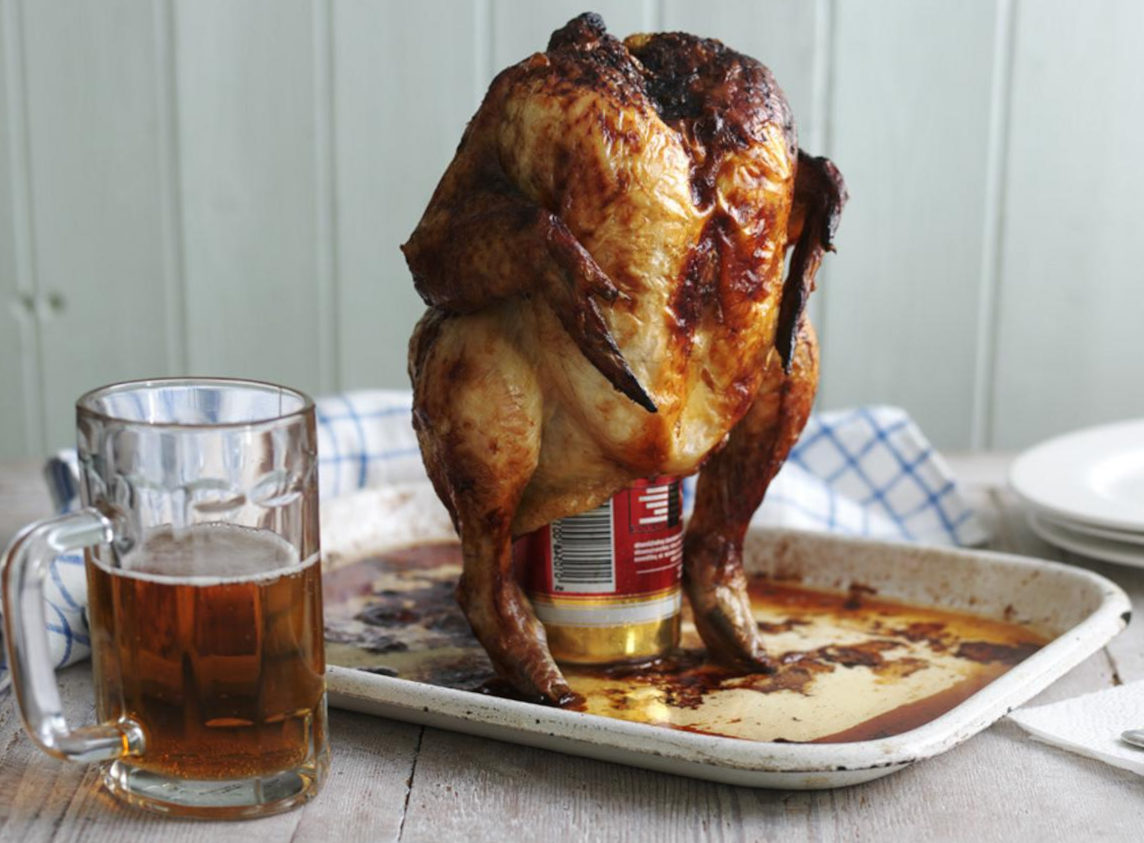
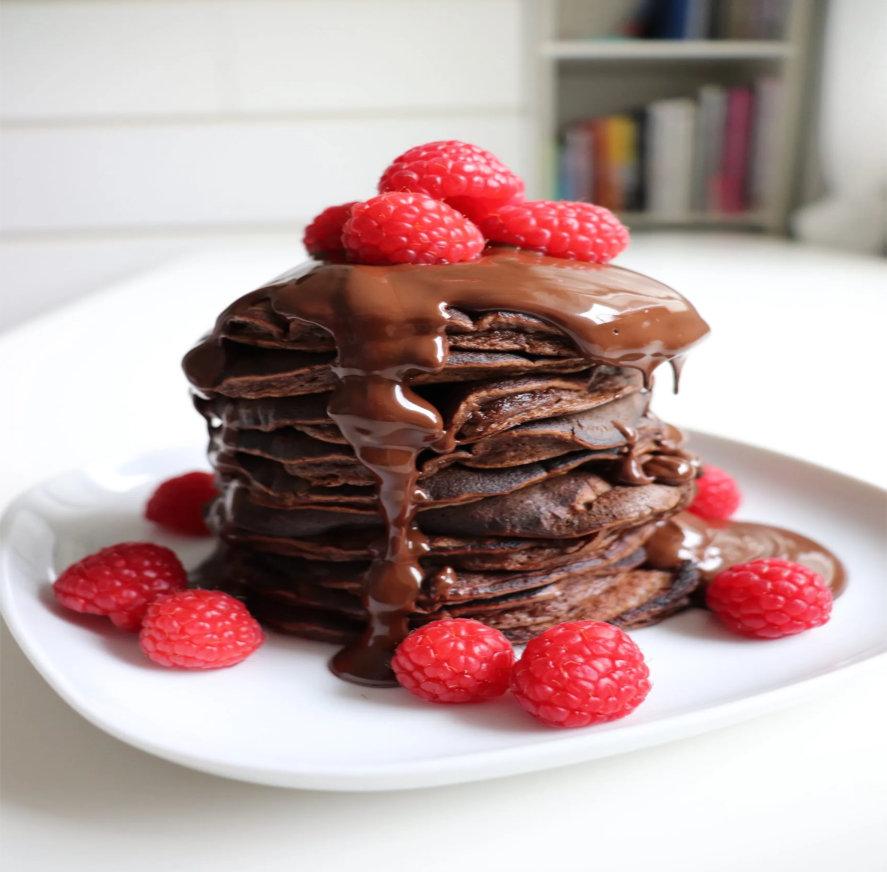
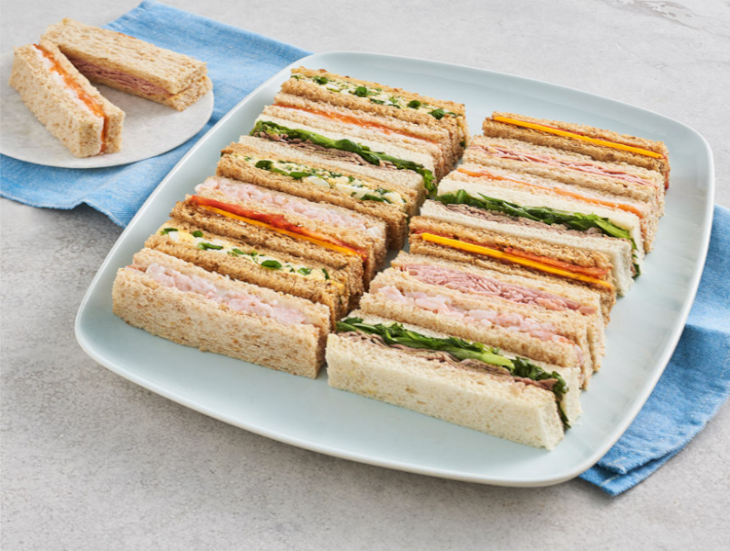



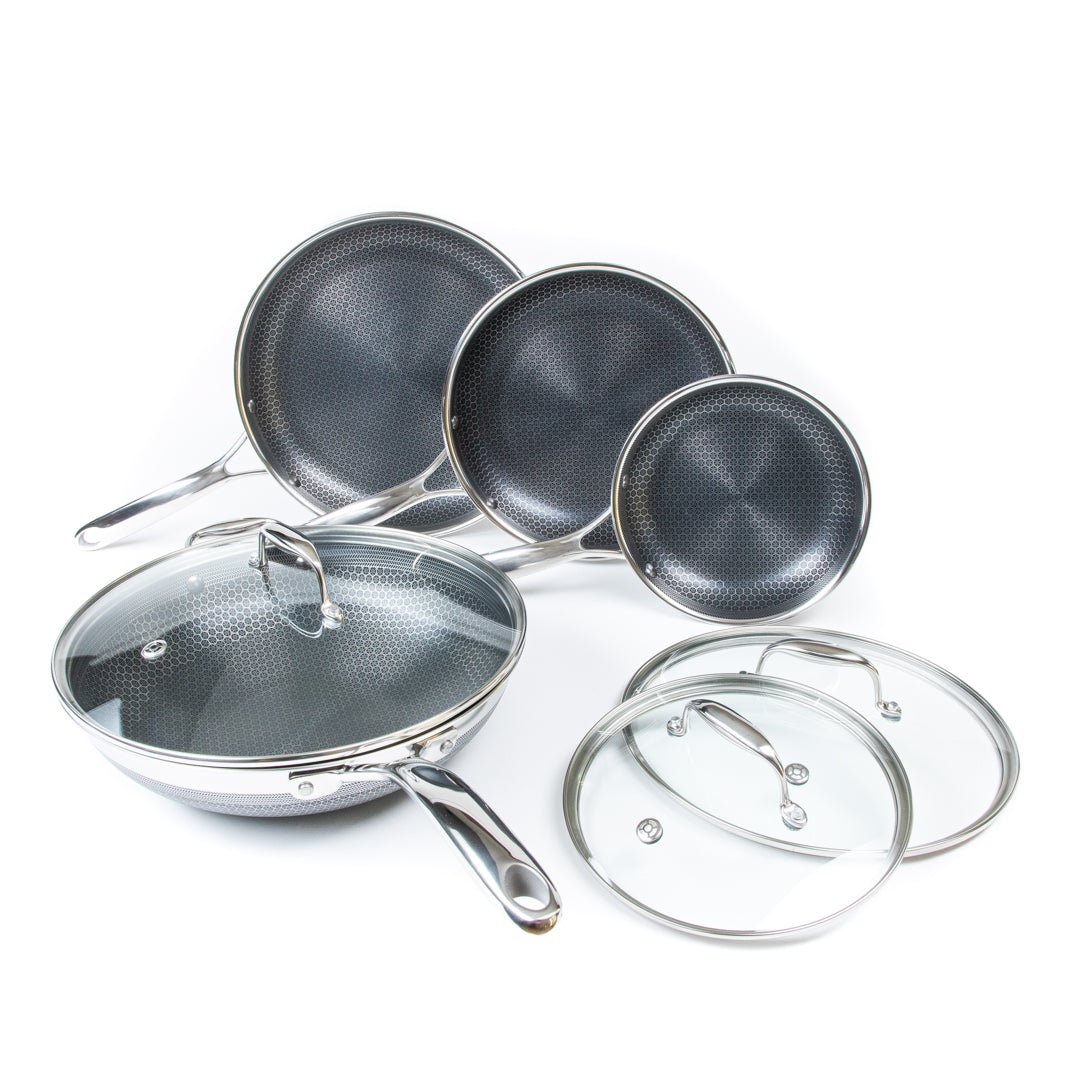


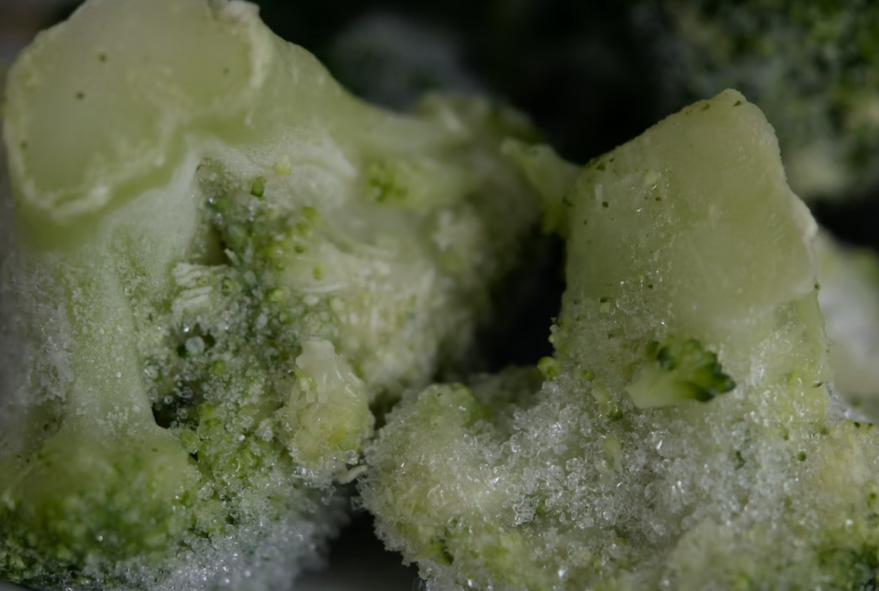
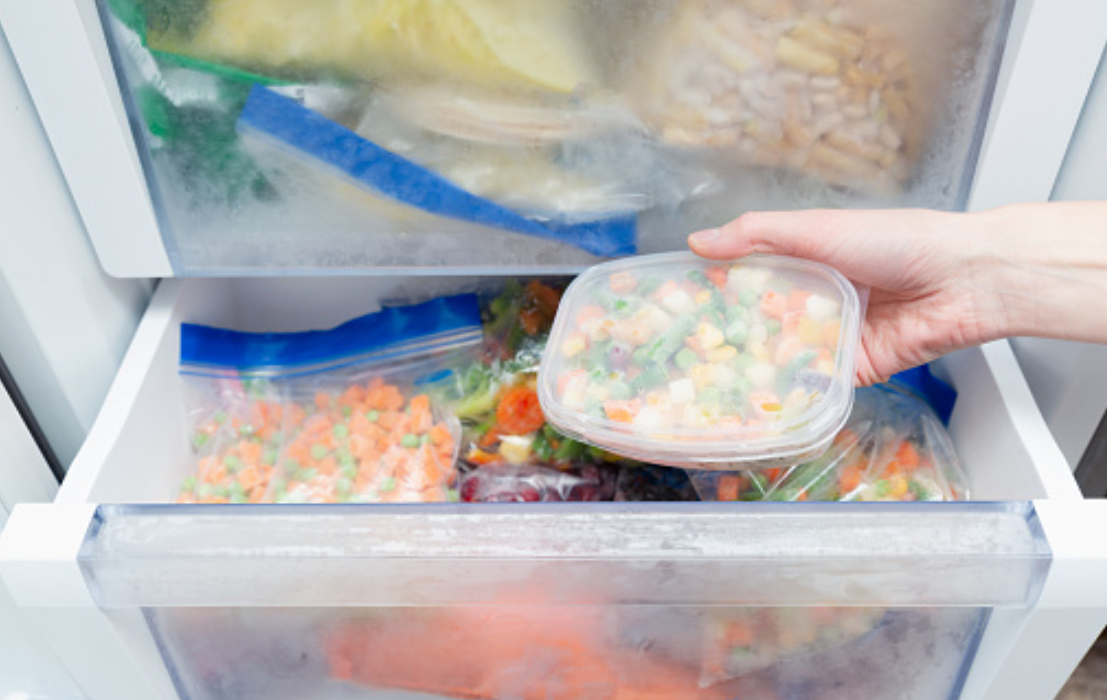
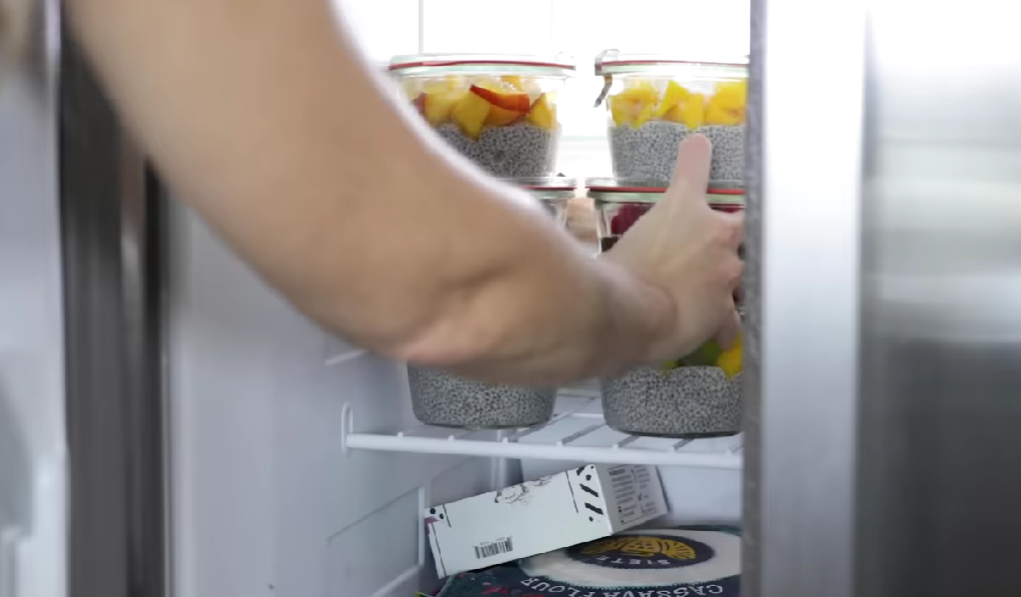

![Can you Cook Eggs in the Microwave? [Complete Guide]](/assets/images/c1f79d1cad59f18f9b5dc31403bd0eb2.png)

